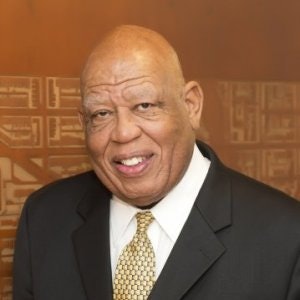Science, technology, engineering, and mathematics (STEM) lead the U.S. economy, disrupting established industries, while manufacturing billionaires – just as they do in many other parts of the world. And yet, in the U.S., the population of STEM billionaires remains almost exclusively white and male. Black STEM professionals – both men and women - remain virtually invisible in these fields both in academia and in industry.
For example, the National Science Foundation reports that Blacks represent only 2.4 percent of all engineering and computing faculty and comprise only 4 percent of engineers with master’s degrees. What are the prospects for Black people – indeed the nation - if Blacks are underrepresented in participation in STEM fields that drive the present and will drive the future economy? Dr. Orlando Taylor.
Dr. Orlando Taylor.
Historically Black Colleges and Universities (HBCUs) are a source of optimism for racially diversifying STEM. The country’s 102 HBCUs account for 21 of the top 50 institutions that educate Black undergraduates who continue on to earn doctorates in STEM fields. While only 8.5 percent of Black undergraduate students attend HBCUs, these institutions grant about 18 percent of Black STEM bachelor’s degrees.
Our colleagues at the Center for the Advancement of STEM Leadership (CASL) recently interviewed thirteen leaders of STEM-centric HBCUs, all but one a university president, to understand the practices that have made these institutions so successful for STEM students of color, especially Blacks. Our research revealed some principles and policies that have made HBCUs a STEM success story for Black and other minoritized students. Historically White Institutions (HWIs) might heed these lessons.
First, our HBCU presidents are race-conscious. This means that they understand the distinction between racism as 1) a disposition of an individual, and 2) structural racism, which is not dependent on individual dispositions. Race consciousness means that leaders are aware of the ways that higher education privileges white students and predominantly white institutions.
Second, we discovered specific practices that Black HBCU university leaders use to diversify STEM: 1) They prioritized the hiring of Black faculty (although historically this has been the case for some HBCUs); (2) they created a superlative Black STEM student experience on their campuses; (3) They tapped existing networks to cultivate external partnerships and create opportunity and; (4) They proactively recruited the best students of color.
These leaders knew that Black representation on their STEM faculty is vital! It is “highly important for all Black students to be in the orbit of Black faculty,” one HBCU president told us.




















